This video about food waste from the BBC highlights just how much food is wasted in developed countries. Some of it is due to confusion about labeling but much of it is due to carelessness. Food has become so cheap that we don't value it and discard it easily.
The GMO connection
Food waste is balanced by the unfortunate sadness of health issues from people consuming too much food (and often the wrong kinds of foods). Cultural habits tend to encourage finishing everything on our plate, even if we've already had enough to eat. But this can be a lead-in to weight gain and obesity. So while it's certainly not a good idea to polish off your plate simply because it's there, it's also not good to throw away large amounts of food.
Given the high number of people who don't have enough to eat in the premier nations, let alone the rest of the world, this is a major issue. Yet iI=f we continue to think there's not enough food this continues to pave the way for more GMO foods. Unfortunately, the increased use of GMOs causes increased use of pesticides, not the decrease that was initially promised. GMO also appears to be strongly tied to an increase in Irritable Bowel Disorders as it destroys intestinal flora.
What to do about food waste?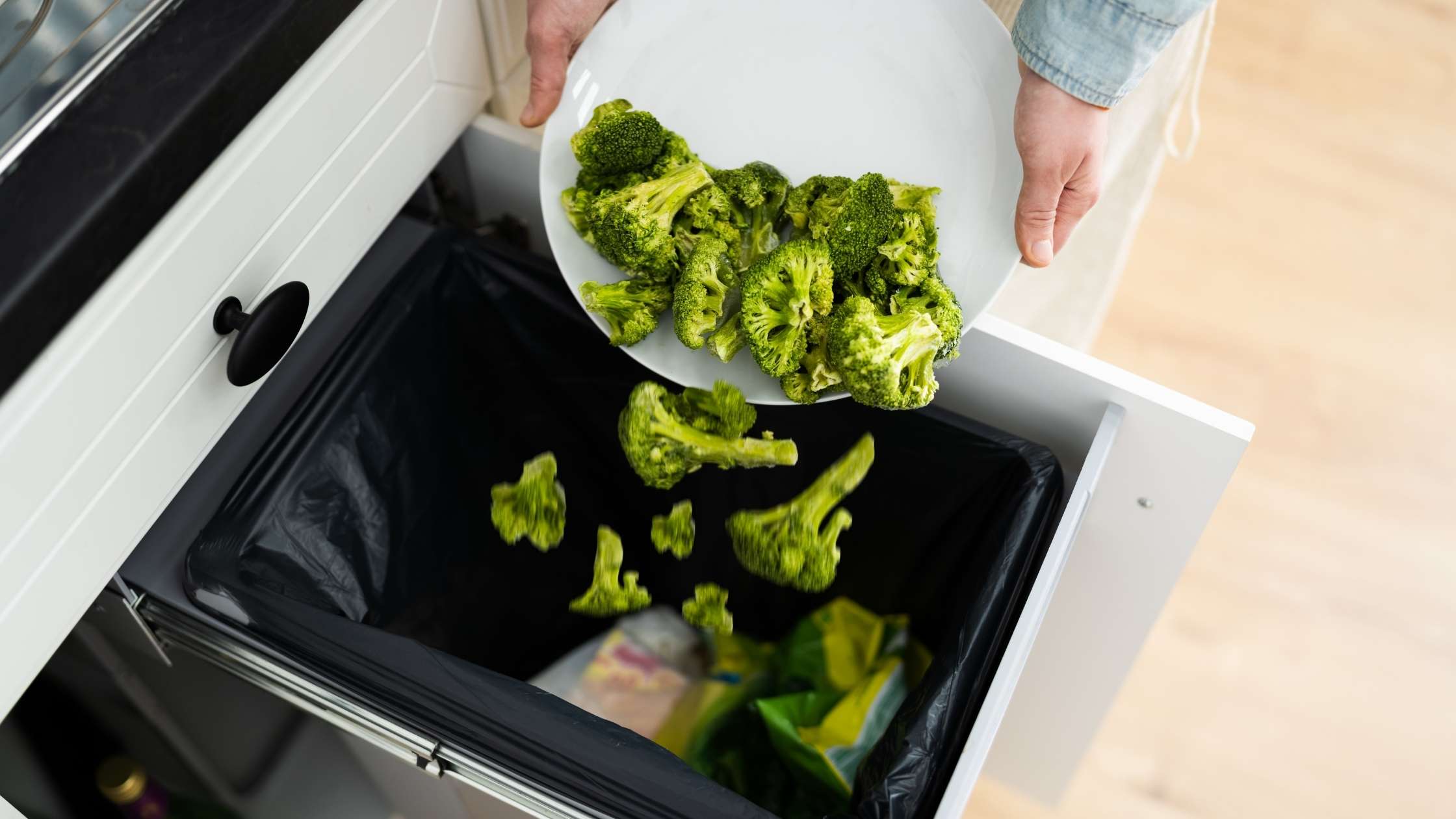
How do we address this issue? How can we stop the senseless destruction and waste of massive amounts of food? Remember this is food which took many man-hours to grow, nurture, harvest, transport, produce, and provide. And which you had to work hard to earn the money to pay for it. Food which might have provided a meal to someone in need.
One suggestion is to look at our consumption habits. If we routinely throw out certain fresh foods perhaps we're buying too much. If we collect foods in containers, letting them turn grey and fuzzy before we throw them out, perhaps we are preparing too much. Or perhaps we're not just packaging them attractively enough to be appealing for a second or third meal. Below are some great tips to help you stop wasting food, and money.
Strategies to help reduce food waste
1. Shop more frequently
Some people see this as a pain. However, while it's important to have a fully stocked pantry of staple products, it can be better for food waste to shop 2-3 times per week for fresh items buying only what you need for the next couple of days. This requires menu planning and making it a habit to not impulse buy.
2. Only buy what you will use
This can be a challenging habit to implement. Oftentimes we purchase because it's on sale. Or we think 'I've always wanted to make that.' Perhaps we say to ourselves 'I think I just saw a recipe for that.' And if we don't get to that item, it winds up in the trash. If we only buy what we know we will use there will be much less waste.
3. Plan for leftovers
When cooking a whole chicken, for example, plan the meals that will be the result of that original meal. Have several recipes on hand that call for cooked chicken (including this fabulous pot pie recipe). This strategy works for any meal that you make.
4. Scaling back
As household dynamics change you may no longer be cooking for a large number of people. Also, many recipes are written for four to six servings. Learn how to scale back your favorite recipes or to plan that half of the meal will be stored in the freezer for a later meal.
5. Sharing purchases
Grocery stores or warehouse shopping stores make bulk buying less expensive. For example, 10 pounds of onions is much less expensive than purchasing them either on a per pound basis or in a three-pound bag. However, unless you're planning on making frequent batches of onion soup you can't go through it all quickly enough. If you share with one or two friends everyone gets the benefit of the less expensive price and there is bound to be less waste.
6. Attractive use of leftovers
Using wide mouth pint jars to make a meal-in-a-jar from leftovers somehow seems much more attractive to people than looking at a collection of containers where you have to open and peer at each one to decide which one(s) you want to eat. This food saving tip also includes learning to make a composed plate with perhaps one new food (usually a quick saute of some kind) and arranging everything well on the plate. If you put the same attention into arranging a plate of leftovers as you do a plate of freshly cooked food, people will respond positively. If you plop it wherever on the plate and just lump it there, they are less enthused about the meal.
7. Rummage cooking
I'd love to see a t.v. show on this concept (rather than the immensely stocked everything-you-could-imagine pantries) and it's one that takes a bit of practice. This is where you notice that the refrigerator is getting full. Learn to look at the ingredients gathering in your refrigerator and begin to plan what you can make for a menu using up those last bits. In the beginning, it may be a soup or stew. But as you learn to put flavor profiles together you'll begin to have more varied meals. While not all of them may be successful as a "menu" chances are, because you made them, they are all tasty, something you enjoy, and a great way to prevent waste.
8. Serve smaller portions
It's always better to go back for seconds than to have too much on the plate. Studies have shown that we eat more than we think if we have larger portions in front of us.
9. Dehydrating
10. Save the scraps
11. Pickle the peels
12. Save the seeds
Pumpkin and squash seeds are a wonderful snack, nutrient dense, and super easy to prepare.
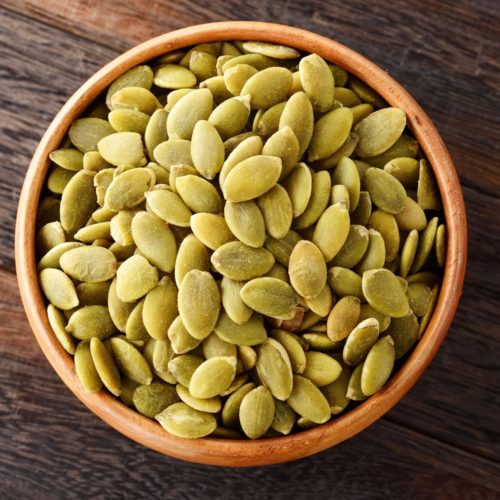
Pumpkin and Squash Seeds
Instructions
- Simply wash thoroughly to remove the gunky bits, rinse the seeds, toss with a little olive oil and your seasoning of choice.
- Then place in a single layer on a cookie sheet lined with parchment paper in a 250° F oven, turning occasionally, for 35 minutes.
- Turn the heat up to 325° F for another 10-12 minutes until dry and crisp (keep stirring every 5 minutes).
13. Make chutney
If you’ve got some fruit that’s getting a bit over-ripe it’s perfect for making chutney. Here’s a super simple chutney recipe:
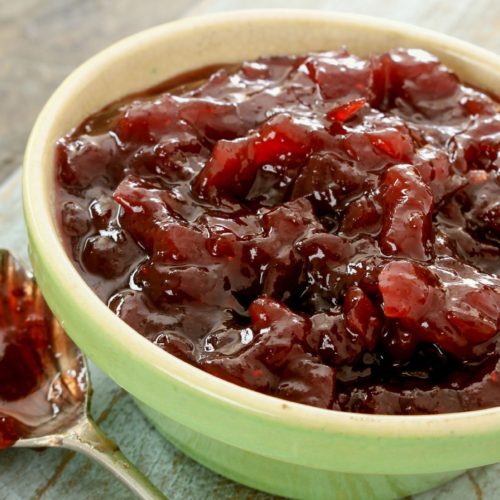
Chutney
Ingredients
- one pound of fruit peeled, cored, and chopped
- 1 cup water
- 1 pound of tomatoes, chopped
- 1 medium diced onion
- 1/4 cup Thompson’s organic raisins
- 1/3 cup organic cane sugar
- 1 teaspoon molasses
- 1 cup apple cider vinegar
- 2 teaspoons sea salt
- 2 teaspoons curry powder
- 1 teaspoon mustard seed
Instructions
- Place fruit and water in a medium sauce pan, set to a boil, and cook until fruit is slightly soft.
- Add remaining ingredients to saucepan and stir to combine completely.
- Turn temperature down to a simmer.
- Stir and cook until mixture has reduced and thickened, about 1 hour.
- Ladle into sterilized canning jars, seal, and water bath 15 minutes.
Use these tips and chances are you'll not only save time and money, but you may also discover a newfound creativity in the kitchen.

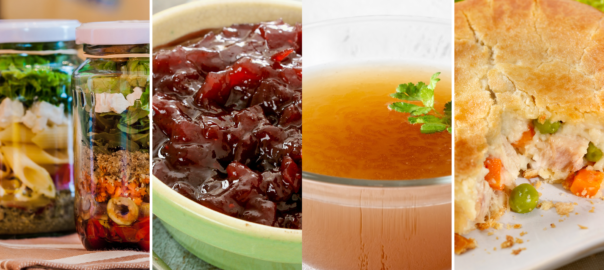
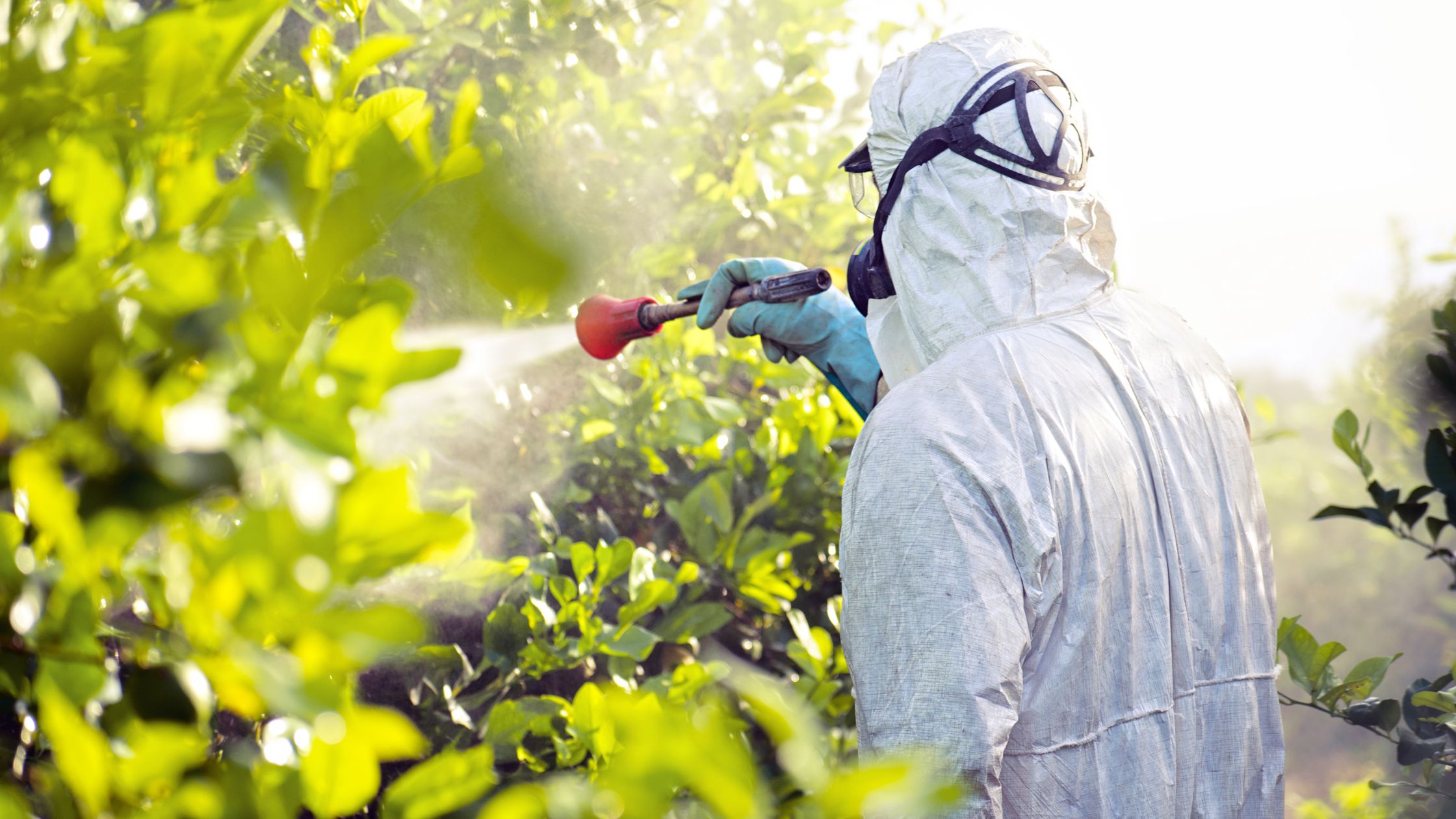
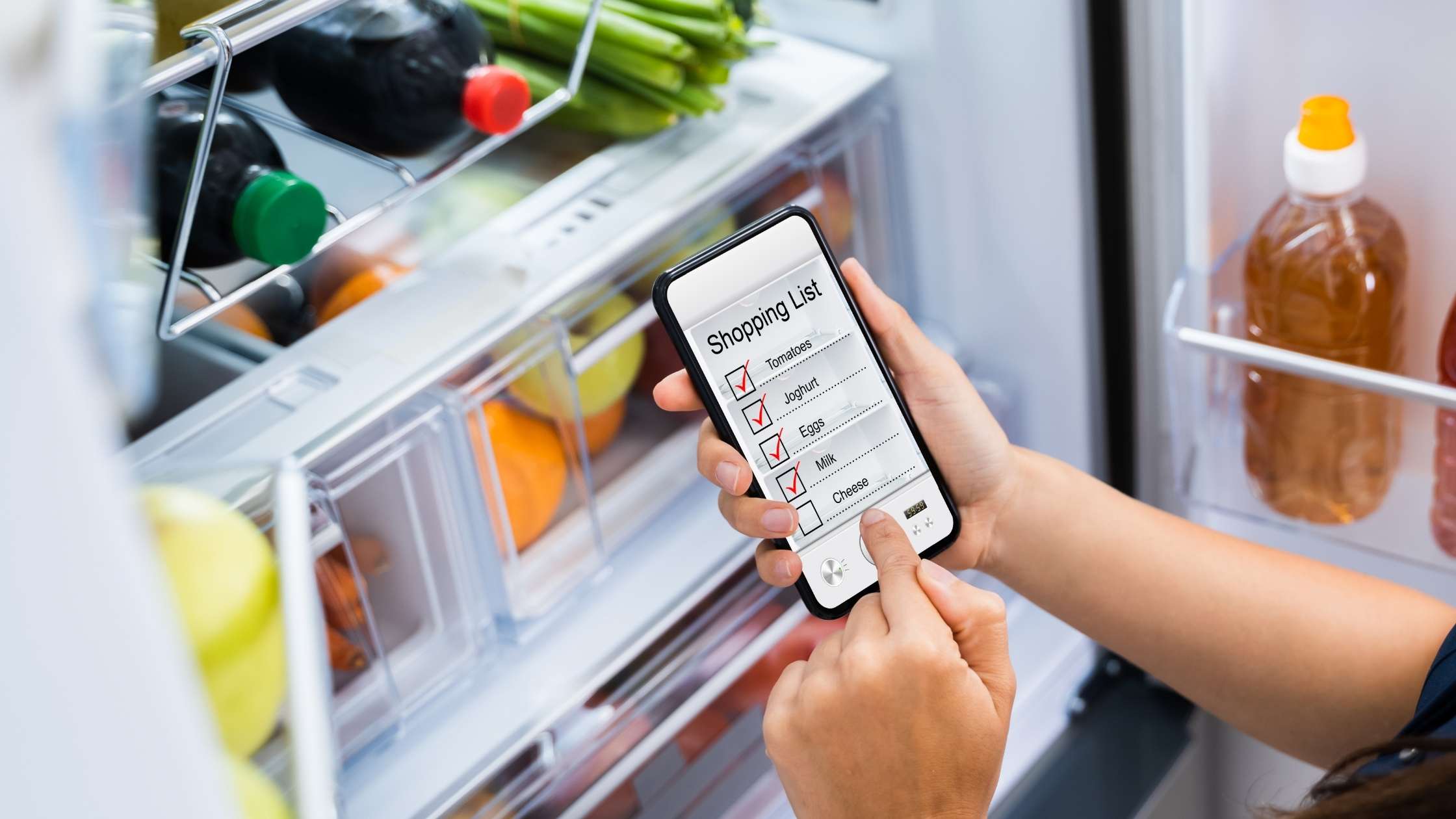
Thank you for this one! Going to print your ideas and keep it in the kitchen. I’m a huge food waster. My family hates leftovers. This will remind me to cut the recipe in half at all times.
My neighbor also told me about meal planning. (duh!) Stick to the list. It’s cheaper because you don’t buy the extra unneeded things, even when you buy the small expensive packages.
I think I’ll talk to her about sharing the larger sizes and meal plan with her. Could be fun to get together. 🙂
Thank you for this one! Just what I really needed most.
Sam, I love the EAT ME NOW idea. It’s cute and get’s the message across.
I also like the idea of a magnetic pad listing what’s in the freezer. For those that have a stainless steel finish perhaps a sticky note might work.
I also go through my pantry on a regular basis to see what needs to be used up. This has the added bonus of making sure that we rotate items properly.
First, yes shopping more than once a week for produce is better, a pain but better. Second – we are trying a bowl with “EAT ME NOW” on the top shelf in the fridge. Maybe we will and not throw it out. Freezing left overs is good, we use a magnetic pad on the fridge to alert all to what is IN the freezer. Trying to date frozen goods so we use them. And trying to look at the pantry every 2 months for expired items.